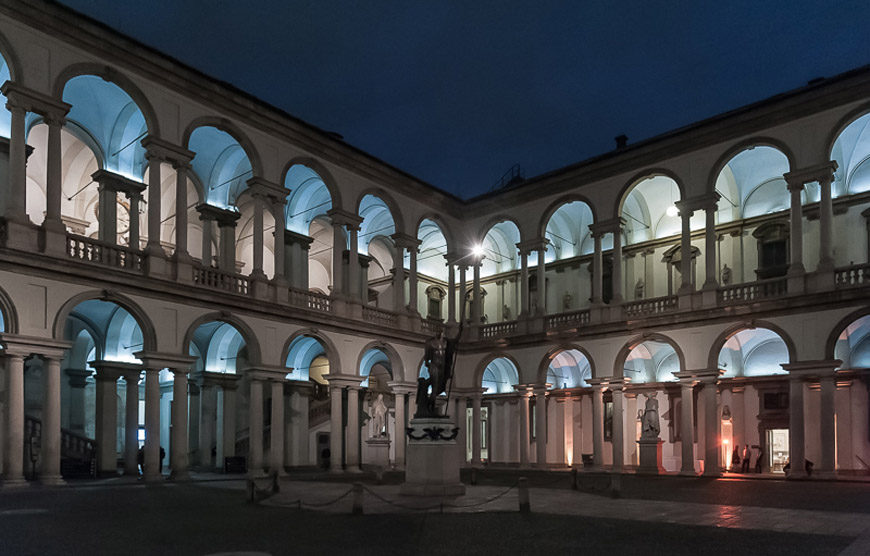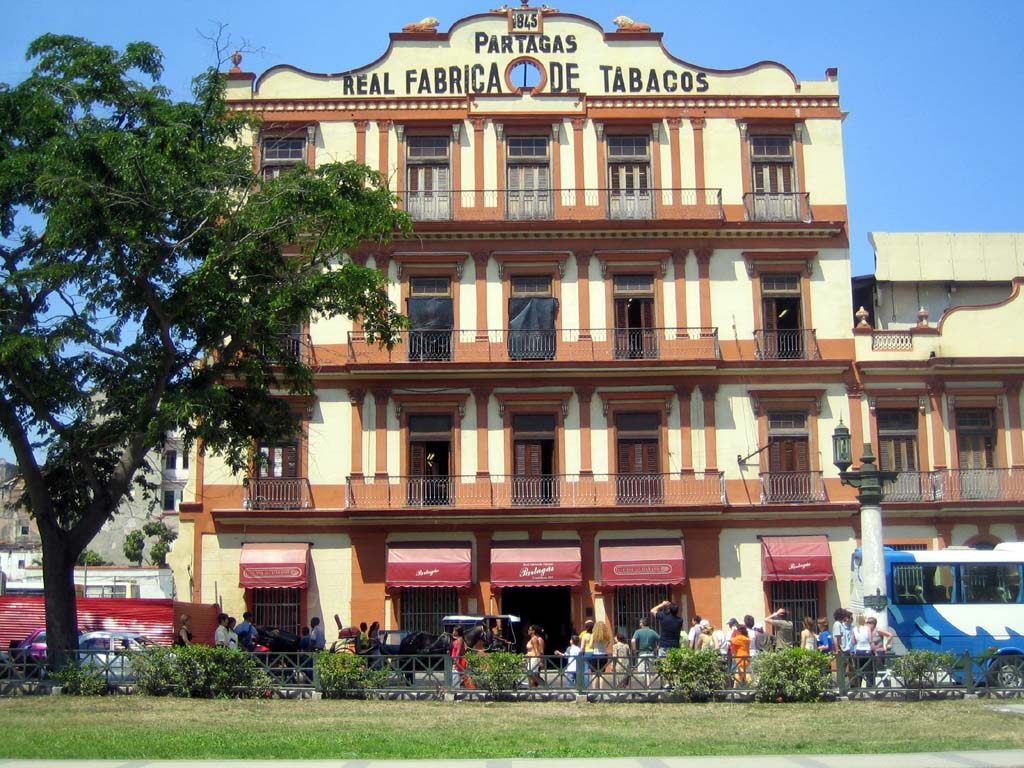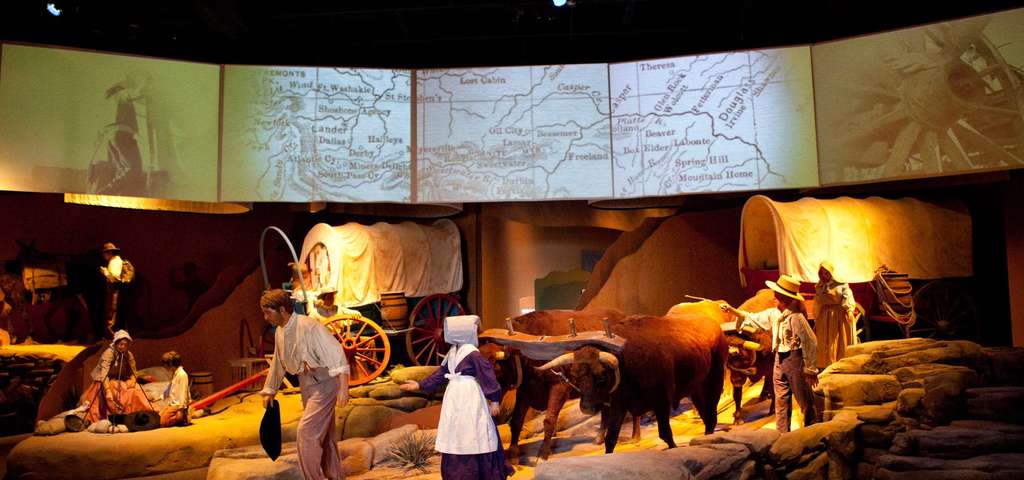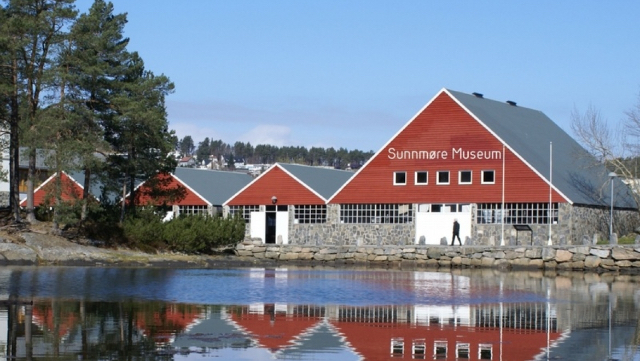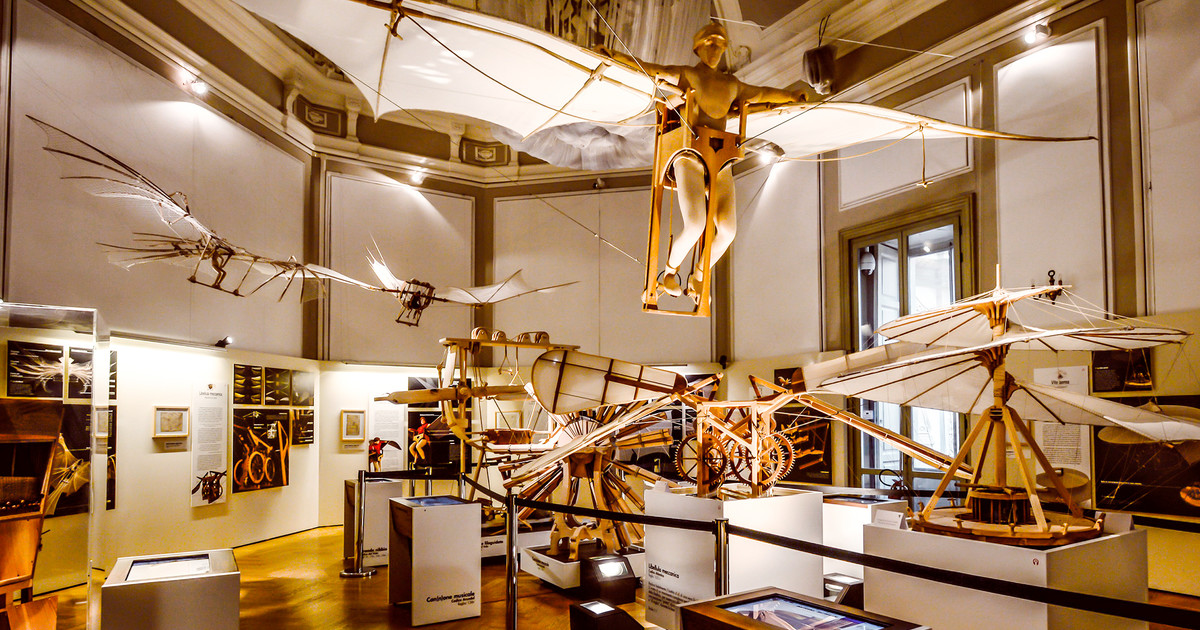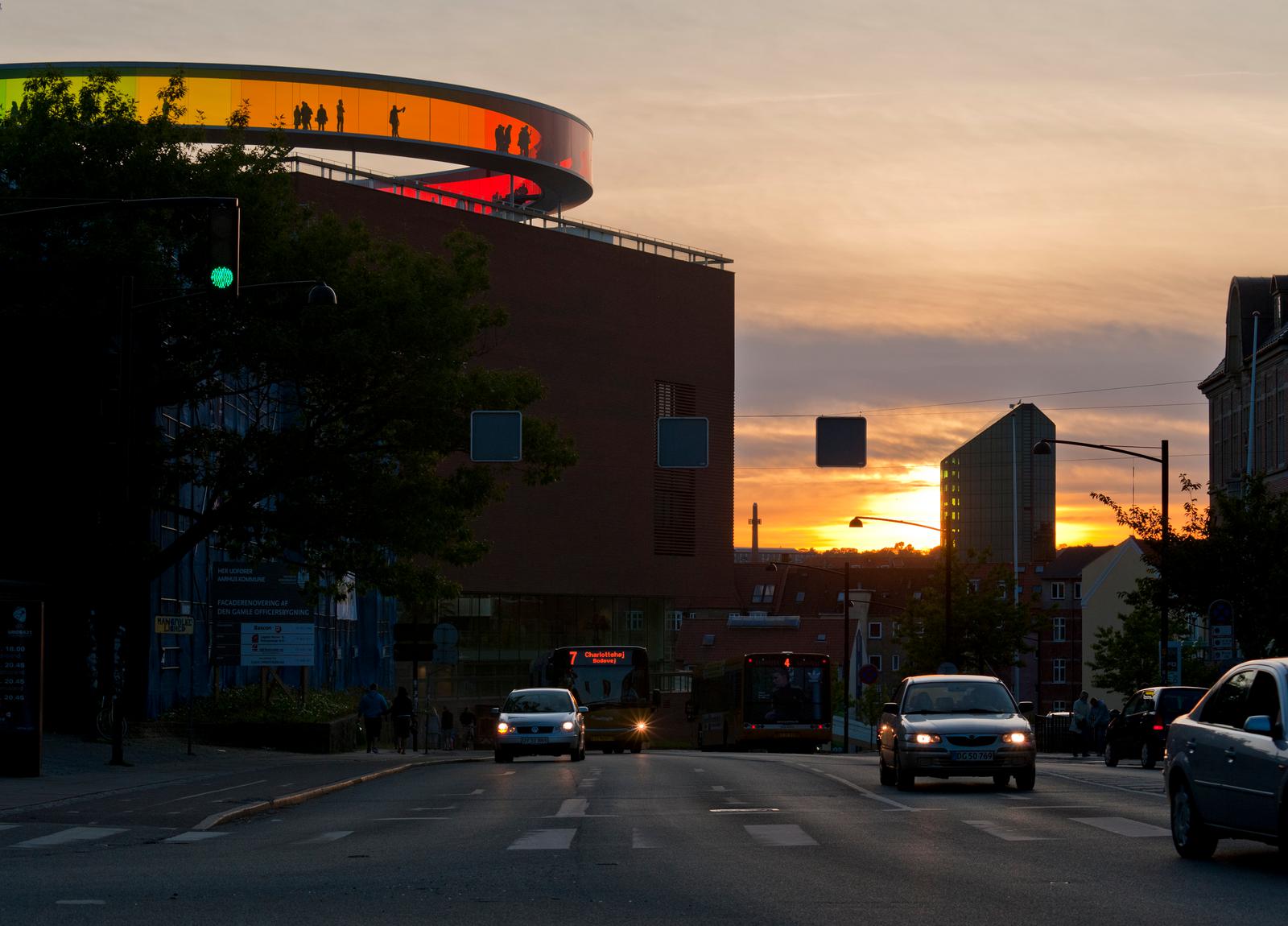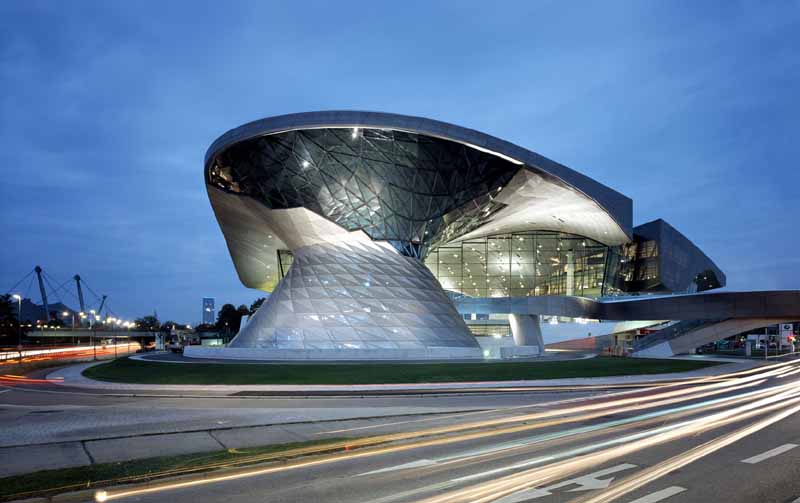The Pinacoteca di Brera is a national gallery of ancient and modern art, located in the palace of the same name, one of the largest complexes in Milan with over 24000 square meters of surface area.
The museum exhibits one of the most famous painting collections in Italy, specializing in Venetian and Lombard painting, with important pieces from other schools. Moreover, thanks to donations, it offers an exhibition itinerary that ranges from prehistory to contemporary art, with masterpieces by 20th century artists.
A characteristic feature of Brera, which differentiates it from other Italian museums, is the presence of great masterpieces of different schools: Lombard, Tuscan and Central Italy, Veneto as well as important paintings of the Flemish school. This derives from the approach given to the museum since the Napoleonic era, when it was conceived as a place representative of all Italian art of every era and region, welcoming works taken from churches and convents (some of which were suppressed), in the Enlightenment and "revolutionary" viewpoint (which it shares with the Louvre) to make available to the public paintings hitherto difficult to access. The Brera Picture Gallery is located inside a 16th-17th century palace, built by the Jesuits on the ancient Monastery of Santa Maria di Brera degli Umiliati. The monks created a truly complete cultural centre, founding a prestigious school, library and astronomical observatory.
In 1773, the Jesuit order was dissolved and Empress Maria Theresa of Austria founded the Academy of Fine Arts. In 1882, the Art Gallery separated from the Academy and since then its collection has grown considerably.
Among the most important works are the "Finding of the Body of St. Mark" by Tintoretto, "The Kiss" by Francesco Hayez, "Dead Christ" by Mantegna, "Marriage of the Virgin" by Raphael and the "Pala Montefeltro" (or "Pala Brera") by Piero della Francesca.
